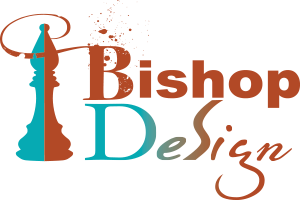by Paula Bishop | May 8, 2014 | Content Management Systems, Web Design, Wordpress
I’m excited to offer this Wordpress User Manual to my clients, to help them edit, add, and maintain content on their pages. It is geared towards the User role of “Editor” and not Admin, so is scaled down from what it takes to create a site–it is more geared towards helping customers keep up the content of the site.
by Paula Bishop | Apr 12, 2014 | Content Management Systems, Programming, Web Design, Wordpress
Plugins are a big reason why Wordpress has gotten as powerful and as popular as it has, for they extend the functionality of Wordpress in many different ways, including adding shopping carts, boosting SEO ratings, adding widgets and calculators to make conversions, etc.
by Paula Bishop | Mar 12, 2014 | Content Management Systems, Programming, Web Design, Wordpress
When you look at a webpage, you see it as one page, with various elements (masthead, footer, content area, sidebar, etc.), and in straight html, you code it as one page, with the DOCTYPE declaration at the top, opening and closing tags for various parts of the page. With themes, though, these parts are divvied up and each one becomes their own page, functioning under a model similar to the Model View Controller.
by Paula Bishop | Mar 3, 2014 | Content Management Systems, Programming, Web Design, Wordpress
This blog article looks at server-side install for three different content management systems: Wordpress, Drupal, and Concrete-5. The process for each CMS was the same, starting out. Create a database (this can be set up through Cpanel with MySQL databases or through PHP MyAdmin, depending on how your Cpanel is set up, security-wise). Create a user-admin for that database. Make a note of the user and password you used to create the database, and store that somewhere–you will be using it later! Download the CMS from whatever web page hosting it (i.e. drupal.org, wordpress.org.) and uncompress the zip file.
by Paula Bishop | Feb 18, 2014 | Content Management Systems, Programming, Web Design, Wordpress
The term “blog” comes from “web log,” which, similar to the “Captain’s Log” made famous by Star Trek, is merely a series of articles or posts or entries chronicling something ongoing, similar to a diary, but out in the public eye, for everyone to see. Content is not limited to merely personal journals, but pretty much any subject you can imagine (including a Technical blog!). Essentially, it’s self-publishing, for the web.
